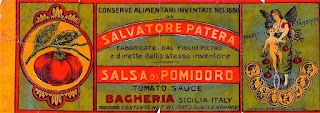This recipe even a total novice can do.
Its basically chopping up apples, nuts, soaking raisins and cranberries.
If you are watching calories, use 1 cup oil and 1/2 cup apple sauce. Change sugar to 1 1/2 cups. Its still good.
INGREDIENTS
Bowl #1 Mix together with hand mixer
1 1/2 cups cooking oil
2 cups sugar
3 eggs
Dry Bowl #2 Mix and add to Bowl #1
2 cups flour
1/2 t. salt
1 t. baking soda
2 t. cinnamon
Dry bowl #3 Fold into Bowl #2
1 cup chopped nuts (walnuts or pecans are good.)
3/4 cup oatmeal (optional)
1 cup plumped raisins and/or dried cranberries
4 or 5 golden delicious apples chopped small, not peeled
Note: If you used other apples, you might want to peel them.
These measurements are pretty loose. You can do less or more on the apples, etc... cut the oil a little, cut the sugar a little. It will still be great.
Bake at 325 degrees.
Season pans with an oil spray. I used a new outrageously expensive mold pan from William Sonoma this time. Other times I use foil loaf pans, bundt pans, sheet pans.
Timing varies then. Loaf pan take about 60 minutes. You just keep checking it until it appears to be browning and pulling just ever so much away from the side. It will rise quite a good bit and be rounded on the top. Let it cool and rest 15 MIn. If you need to remove it, do it then.
Slice it and heat it for breakfast with a little butter. Die happy.
Photo is of the ones I baked in the mold pan. i may put a frosting or glaze on them for gifts. These cakes freeze very well too.







